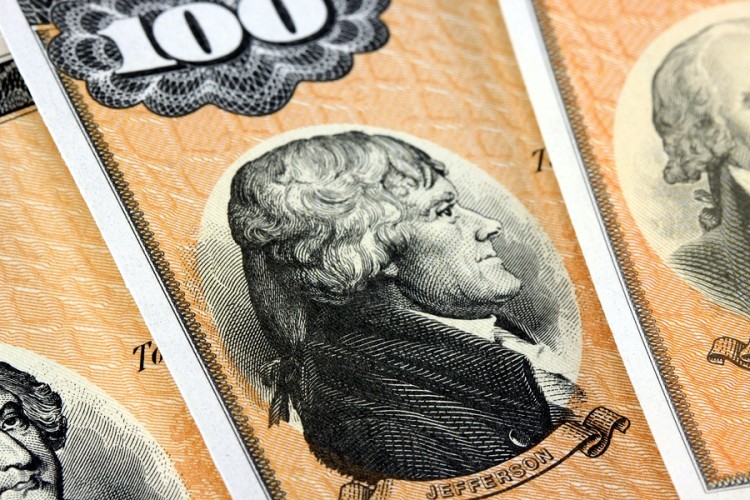Bond Traders’ Worst Cocktail of 2017: Long Treasuries and Dollar

published Dec 29, 2017 5:00:00 PM, by Brian Chappatta
(Bloomberg) —
Few bond traders around the world will raise a glass to toast U.S. Treasuries and the dollar this New Year’s Eve.
Among the countries represented in the Bloomberg Barclays global sovereign-debt index, U.S. obligations had the worst 2017 total return on an unhedged basis — just 2.2 percent for dollar-based investors as of Dec. 28. By contrast, bonds from Poland gained 25 percent, those from Thailand climbed 16 percent and securities from Italy and Spain earned more than 14 percent. Even in Japan, where yields are locked near zero, U.S. investors squeezed out more than 3 percent.
At least it wasn’t a loss, right? Think again. Unhedged Treasuries lost 1.1 percent in yen terms and tumbled 9.7 percent when measured in euros, based on the index.
When viewed that way, it’s clear that the blame for paltry returns lies both with rising short- and intermediate-term Treasury yields and the greenback’s worst year in more than a decade. Among major developed-market peers, the dollar weakened most against the euro, meaning that investors in Europe’s shared currency zone received fixed payments worth less and less at home if they opted not to hedge.
“You end up with higher volatility because the currency effect tends to dominate the bond market effect,” said Robert Sinche, global strategist at Amherst Pierpont Securities. “That has certainly been the case in the last four or five years, where bond markets have been relatively stable and currencies have been the things that move around.”
It might not get any better in 2018. A majority of analysts surveyed by Bloomberg expect the pain will continue for the greenback, with the U.S. Dollar Index forecast to slide 1.4 percent from its current level by the end of next year. And a poll of bond yield estimates reveals expectations for the 10-year Treasury yield to climb 51 basis points over the next 12 months, and the 30-year yield to jump 56 basis points.
Then again, strategists largely expected a stronger dollar in 2017. Sinche said he sees lots of reasons for the dollar to rebound in 2018, though 10-year Treasury yields could break out of their range and head upwards of 3 percent in 12 months’ time.
Even the biggest bond fund managers can’t seem to agree on a winning bet for 2018. Some say it’s time to get defensive, while others are adding high-yield and emerging-market debt for larger returns.
It’s shaping up to be an uncertain year. But after months of market volatility near record lows, that’s something just about every trader can cheer.
What to Watch in the Coming Week
U.S. bond and equity markets are closed Jan. 1 for the New Year’s Day holiday Among the week’s main events, minutes of the Federal Open Market Committee’s December meeting will be released at 2 p.m. New York time on Jan. 3 The text may help traders assess how confident officials are about raising interest rates three times in 2018, the scenario indicated by their forward projections The St. Louis Fed’s James Bullard speaks on Jan. 4, while the Philadelphia Fed’s Patrick Harker and Cleveland’s Loretta Mester speak on Jan. 5 Latest U.S. jobs report is the highlight among economic indicators set for release: Jan. 2: Markit U.S. manufacturing PMI Jan. 3: MBA mortgage applications; construction spending; ISM manufacturing, prices paid, new orders and employment; Wards vehicle sales Jan. 4: Challenger job cuts; ADP employment change; initial and continuing jobless claims; Markit U.S. services and composite PMIs; Bloomberg consumer comfort index Jan. 5: Nonfarm payrolls, unemployment rate and average hourly earnings; trade balance; ISM non-manufacturing composite; factory orders; durable and capital goods orders The Treasury won’t auction any coupon debt, though it will issue an unprecedented $160 billion of bills on Jan. 2 — the most ever on a single day.
–With assistance from Lananh Nguyen and Alexandra Harris.To contact the reporter on this story: Brian Chappatta in New York at bchappatta1@bloomberg.net To contact the editors responsible for this story: Benjamin Purvis at bpurvis@bloomberg.net Elizabeth Stanton
copyright
© 2017 Bloomberg L.P







No Comment